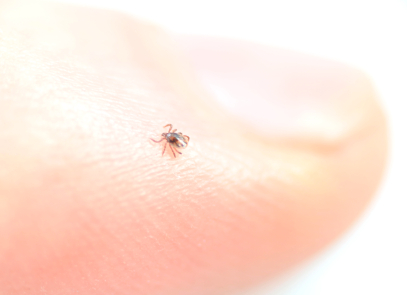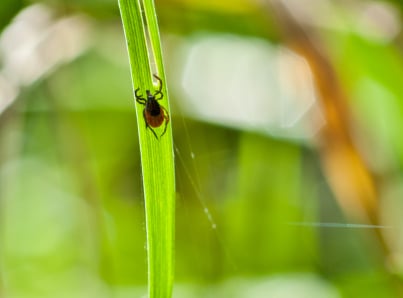Lyme Disease, the "Sneaky Masquerader"
Successful treatment of Lyme disease can be very challenging for the patient and the clinician because of many factors. First of all, the spirochete which causes Lyme Disease, Borrelia Bergdorferi (a type of bacteria), is unusual and extremely adaptable in finding ways to work around our defenses. The Lyme germ damages the same immune system which fights it, causes the immune system to inappropriately generate too much inflammation which weakens the body and can cause autoimmune diseases. It masquerades into many forms (spiral, cystic, granular) to evade detection and attack by the immune system, is “sneaky,” and grows very slowly to stay under the immune system’s radar. This clever spirochete changes its immune expression about every 4 weeks keeping the immune system off balance and can go into hiding and become dormant for long periods of time (but nevertheless continue to produce toxins). It can wiggle its way into the body’s nooks and crannies and generate protective slime (biofilm) to hide. No wonder Lyme disease has become endemic in the Washington DC and surrounding regions and many parts of the U.S. and the world – it is a vicious, crafty adversary.
Co-Infections of Lyme Disease: Other Insect-Borne Illnesses
Lyme is often accompanied by “co-infections” which can also be injected into humans through tick bites and other insects. We are finding a high percentage of co-infections with babesia, a malarial-like parasite, rickettsias and we suspect Bartonella (e.g., cat-scratch fever), a bacteria that can turn off antibodies to Lyme so that the diagnostic tests are not even positive. Diagnostic tests are helpful however but not always reliable, and clinicians and the public should maintain a high index of suspicion for these slow-growing, sneaky and potentially devastating infections. Basically, the cause of any new medical or psychiatric problem that develops without an obvious explanation, that is persistent and often does not fit any known pattern of a conventional disorder, and that baffles conventional doctors, may be caused by Lyme disease and/or related co-infections. Especially anyone suffering from unusual skin disorders, psychiatric disorders of any kind, neurological problems (autism and dementia), autoimmune disorders and unexplained arthritis deserve to be tested for Lyme and/or co-infections.
Why are We Seeing So Much Lyme Disease?
Read More
.png?width=305&height=132&name=NIHAlogoBLUE_3_transparent%20(2).png)





